1. Tailoring

Tailoring was once a blue-collar necessity — skilled workers hand-sewing suits and dresses for everyday wear. Today, sewing is experiencing a revival as a creative, sustainable hobby for those who want to break free from fast fashion. High-end sewing machines, custom fabrics, and pattern-making software have turned it into a designer’s playground. For many, it’s both an act of rebellion and self-expression.
The resurgence of interest in vintage fashion and handmade clothing has given tailoring new life. Classes and sewing retreats cater to hobbyists who see craftsmanship as luxury. A well-made jacket or dress now carries an aura of exclusivity that mass-produced clothes can’t match. What used to be work is now personal artistry.
2. Blacksmithing
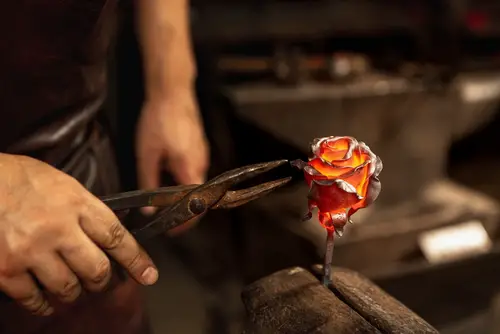
Once a cornerstone of every town, blacksmithing was a gritty, practical trade essential for making tools, horseshoes, and hardware. Today, it’s reimagined as an artisanal craft — think custom knives and wrought-iron decor made by hobbyists in backyard forges. The appeal lies in the tactile satisfaction of working with fire and metal, paired with a sense of nostalgia for handmade craftsmanship. Modern blacksmithing workshops and YouTube tutorials have made it accessible to enthusiasts who can afford the tools and time.
The shift from necessity to luxury stems from industrial automation and mass production, which pushed small-scale forging into obscurity. Now, learning to smith is less about survival and more about artistry. Courses in blacksmithing can cost hundreds or even thousands of dollars, and handcrafted blades sell for premium prices. What used to be sweaty labor is now a statement of patience, skill, and taste.
3. Carpentry
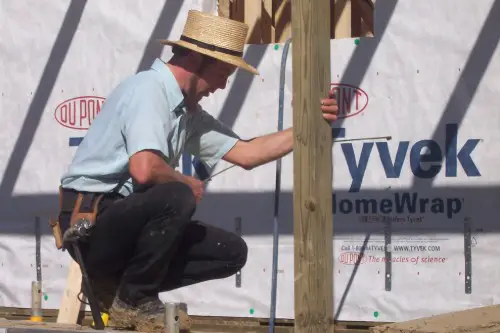
Carpenters once built homes, furniture, and ships out of sheer necessity, often learning through apprenticeships or family trades. Today, woodworking has become a meditative pastime for people with disposable income and garage space. There’s a surge in hobbyists building tables, cabinets, and heirloom boxes using reclaimed wood and precision tools. The tactile joy of shaping wood by hand appeals to those seeking an antidote to screen time.
The tools of the trade — planers, chisels, and saws — now often come in sleek, high-end versions marketed to enthusiasts rather than professionals. Popular YouTube woodworkers and Instagram creators have glamorized what was once manual labor. Classes and kits for beginners can be surprisingly expensive, but people embrace them as part of the “maker” culture. In a world of flat-pack furniture, craftsmanship feels like a luxury.
4. Farming
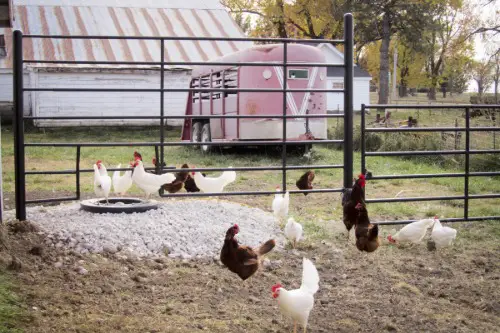
Farming used to mean long, grueling days in the sun, struggling with weather and market prices. Now, “hobby farming” and “micro-homesteading” have become the dream for urbanites looking for simpler, more sustainable lives. People pay big money for land, greenhouses, and heritage seeds just to grow their own vegetables or raise chickens. It’s a romantic return to the land — minus the economic pressure of actually making a living from it.
The rise of farm-to-table culture and organic food trends have only fueled the appeal. Some hobby farmers even sell artisanal eggs or handmade cheese as side ventures. What was once a matter of survival is now part of a curated lifestyle, complete with designer overalls and farm retreats. It’s a testament to how far removed most of us have become from food production.
5. Pottery
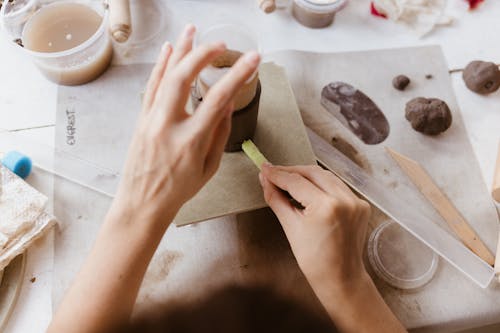
Pottery was historically a utilitarian trade — crafting dishes, jugs, and tiles that people actually needed. Today, it’s a go-to hobby for those craving a creative outlet with a sensory twist. Studio pottery classes fill up fast, and a handmade mug can sell for over $50 at a boutique market. The once-humble wheel has become a symbol of mindfulness and slow living.
Social media helped transform pottery into an aesthetic pursuit, complete with slow-motion clips of spinning clay and glossy glazes. What used to be messy and monotonous is now seen as therapeutic and luxurious. Many modern potters invest thousands in personal kilns and high-quality materials. It’s less about utility and more about creating beauty with your hands.
6. Leatherworking
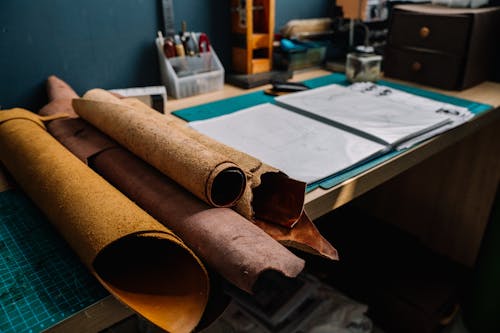
Leatherworkers once made saddles, belts, and bags by hand because factories didn’t exist. Today, it’s a niche luxury craft, with artisans making custom wallets or watch straps for discerning buyers. The smell of leather and the satisfaction of burnishing edges have drawn in a new crowd of weekend makers. It’s a blend of old-school toughness and modern design flair.
High-end brands like Hermès still rely on hand-stitched leather goods, reinforcing the prestige of the craft. Hobbyists now invest in specialized tools and expensive hides to recreate that craftsmanship. Workshops and starter kits can cost hundreds, but the results feel timeless. It’s proof that slow work still commands respect in a fast world.
7. Brewing
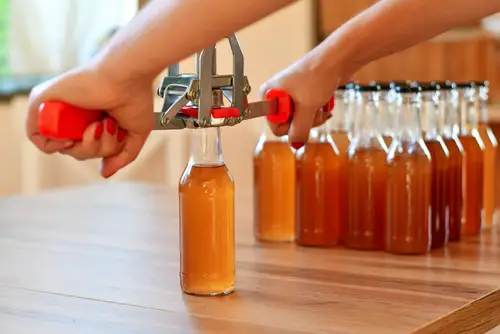
Brewing beer used to be gritty manual labor in industrial settings, not a backyard pastime. Now, homebrewing is a booming hobby for those who love chemistry, creativity, and craft beer culture. Kits and microbrew setups let enthusiasts produce personalized batches right from their kitchens or garages. The process turns a once-industrial job into a science-meets-art project.
Craft beer’s rise in popularity has fueled this shift, with competitions and clubs giving hobbyists a sense of community. While professional brewers once brewed out of necessity, hobbyists do it for fun and flavor. Some even launch boutique breweries from their passion projects. It’s blue-collar roots repackaged with artisanal pride.
8. Fishing

Fishing was once a way to feed your family, not an excuse to buy a $1,000 graphite rod. Today, it’s evolved into a sport and leisure pursuit, complete with designer gear, guided trips, and scenic lodges. The focus has shifted from necessity to experience — catching and releasing for pleasure rather than survival. The modern angler often values peace and prestige over sustenance.
Fly-fishing in particular has become synonymous with tranquility and taste. Luxury brands make handcrafted reels and bespoke flies that border on art. Fishing lodges offer curated experiences that cost more than a week’s wages used to. It’s a clear case of a working-class tradition becoming aspirational.
9. Gardening

For centuries, gardening meant growing food to survive. Now, it’s about cultivating beauty, calm, and personal wellness. Ornamental gardening — from bonsai trees to pollinator-friendly beds — has become a favorite pastime of the affluent. People spend thousands on landscaping, planters, and rare plant species.
Social media trends like “cottagecore” have romanticized the dirt-under-your-nails lifestyle. Even small urban gardens are designed like luxury retreats. What was once a backyard necessity has become a form of self-expression and self-care. Gardening today often says more about aesthetics than agriculture.
10. Baking
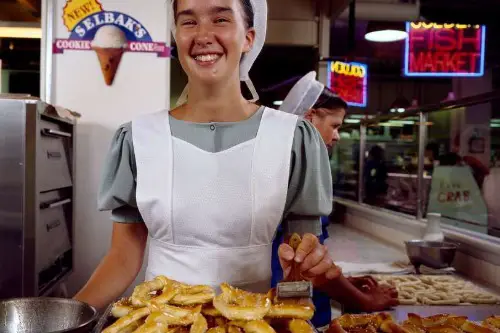
Baking used to be part of daily survival — turning grain into bread because there were few other options. Now, it’s a cozy, Instagram-friendly hobby for those seeking comfort and creativity. The rise of sourdough culture and home patisseries has blurred the line between domestic chore and culinary art. Expensive stand mixers and specialty flours are now common in home kitchens.
During the pandemic, baking became a mindfulness activity, not just meal prep. Homemade bread turned into a symbol of resilience and care. Professional bakers once toiled in anonymity, but now hobbyists can build entire online followings from a well-scored loaf. It’s hard work disguised as leisure, and people love it.
11. Sailing

Sailing used to be grueling work — moving goods, fishing, or transporting people across waterways. Today, it’s a luxury pastime associated with freedom, elegance, and expensive marinas. Private yachts and sailboats have replaced cargo vessels, but the skills remain largely the same. The romantic image of wind and sea has outlived its practical origins.
Modern sailors often spend more maintaining their boats than old-time seafarers made in a year. Sailing clubs and regattas celebrate what was once backbreaking maritime labor. It’s now about pleasure, performance, and prestige. The ocean hasn’t changed, but the audience has.
12. Butchery
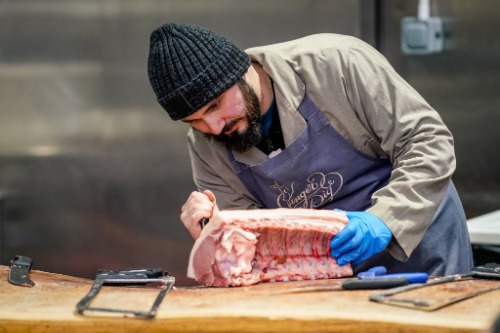
Butchery was once one of the toughest, least glamorous jobs in town. Today, artisanal butchers are celebrated for their craftsmanship, sourcing ethics, and knife skills. Hobbyists take classes to learn how to break down whole animals or make charcuterie from scratch. It’s a gritty skill that’s been reframed as culinary sophistication.
High-end restaurants now showcase in-house butchers as part of their brand. Meat-cutting workshops and “whole animal” events attract food enthusiasts seeking authenticity. The rise of farm-to-table dining has made butchery cool again. What was once a necessary trade is now a badge of gourmet honor.
13. Watchmaking
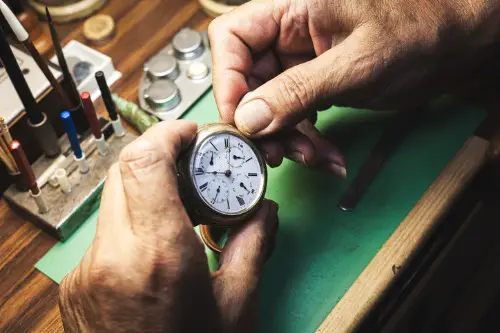
Watchmaking was a technical trade that required precision and patience, often performed in dim workshops. Today, it’s an elite hobby for engineers, tinkerers, and collectors fascinated by mechanical beauty. Restoring or building timepieces has become an art form tied to luxury culture. The barrier to entry — both financial and skill-based — is steep, which only adds to its allure.
The digital age ironically boosted interest in analog craftsmanship. Watch enthusiasts now pay thousands for tools, parts, and rare components. Forums and clubs celebrate the tradition that once kept trains and factories running on time. Timekeeping has become an art, not an occupation.
14. Metal Detecting

Originally used by miners, soldiers, and utility workers, metal detecting was once a practical job tool. Now, it’s a quirky, meditative hobby for people who love history and treasure hunts. Enthusiasts invest in high-end detectors and travel miles to find old coins or relics. It’s part archaeology, part adventure — with a dash of daydreaming.
What was once dirty, tedious work has become an outdoor escape. TV shows and YouTube channels glamorize the finds and the thrill of discovery. Modern detectors can cost more than a month’s rent, turning the pastime into a passion project. It’s proof that even labor can become luxury when framed the right way.
This post 14 Once-Blue-Collar Jobs Now Considered Luxury Hobbies was first published on American Charm.


